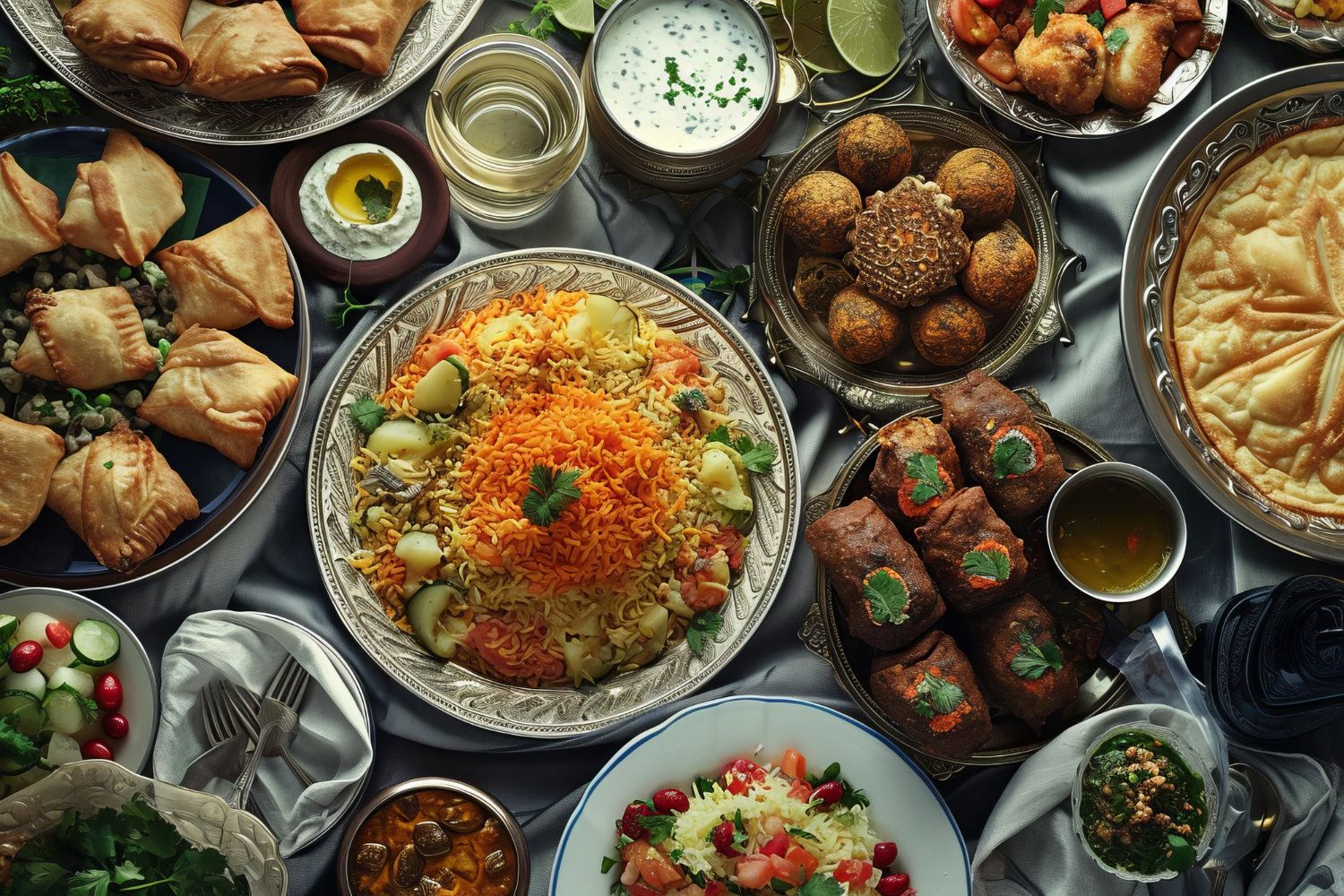Blog Posts & Blog Archives
All Blogs / food-and-taste
Exploring the Global Phenomenon of Chinese Food
Discover the rich history, diverse flavors, and iconic dishes of Chinese cuisine, a beloved global treasure.
Sunday, July 21, 2024
Exploring the Global Phenomenon of Chinese Food
Chinese cuisine has captivated taste buds worldwide, delighting millions with its intricate flavours and centuries-old traditions. From the vibrant streets of Beijing to the bustling markets of Shanghai, the rich tapestry of Chinese culinary artistry knows no bounds. In this blog, we explore the myriad of flavours, the significance of staying true to tradition, iconic dishes that have stood the test of time, and the essential ingredients that have cemented Chinese cuisine as a beloved global treasure. Cuisine Diversity One of the most fascinating aspects of Chinese food is its diversity. China is a vast country with a rich culinary heritage that varies significantly from region to region. Each area boasts its own distinctive flavours, ingredients, and cooking methods, contributing to the broad spectrum of Chinese cuisine. ● Cantonese Cuisine: Known for its subtle flavours, fresh ingredients, and dim sum, Cantonese cuisine is perhaps the most well-known globally. Steaming, stir-frying, and roasting are common cooking techniques in this region. ● Sichuan Cuisine: Famous for its bold and spicy flavours, Sichuan cuisine incorporates a lot of chilli peppers, garlic, and Sichuan peppercorns, creating a numbing and hot sensation known as "mala." ● Shandong Cuisine: This cuisine emphasises the use of seafood and poultry. Known for its light, fresh, and umami-rich flavours, Shandong cuisine often involves braising and quick-frying. ● Hunan Cuisine: Known for its spicy and sour flavours, Hunan cuisine is distinct for its liberal use of fresh chilies and pickled ingredients. ● Jiangsu Cuisine: This cuisine focuses on freshness and seasonality, with dishes often featuring a balance of sweet and salty flavours. Slow braising and stewing are common cooking techniques. ● Zhejiang Cuisine: Renowned for its fresh, soft, and mellow flavours, Zhejiang cuisine emphasises the use of fresh seafood, bamboo shoots, and tofu. With Chinese cuisine's popularity around the globe, maintaining authenticity has become a crucial aspect. Authentic Chinese food respects traditional recipes and cooking techniques, ensuring that the true essence of the cuisine is preserved. Authenticity in Chinese food is not just about following recipes; it’s about understanding the cultural and historical context behind each dish. Authentic Chinese cuisine uses traditional cooking methods and ingredients, providing a genuine taste experience that reflects the region's heritage. Popular Dishes Chinese cuisine boasts a wide array of popular dishes, each with its unique taste and preparation method. Here are some of the most beloved Chinese dishes enjoyed worldwide: ● Peking Duck: A Beijing specialty, Peking Duck is known for its crispy skin and tender meat, usually served with pancakes, hoisin sauce, and scallions. ● Kung Pao Chicken: A Sichuan dish featuring diced chicken, peanuts, vegetables, and chilli peppers, known for its spicy and tangy flavour. ● Dim Sum: A collection of small, bite-sized dishes traditionally served in bamboo steamers, including dumplings, buns, and rolls. ● Sweet and Sour Pork: A dish known for its vibrant colour and balanced sweet and sour flavours, often served with bell peppers and pineapple. ● Mapo Tofu: A spicy and aromatic Sichuan dish made with tofu, minced meat, and a sauce made from fermented beans and chilli paste. ● Hot Pot: A communal meal where diners cook a variety of raw ingredients, such as thinly sliced meats, vegetables, and noodles, in a simmering pot of broth. The richness of Chinese cuisine lies in its traditional ingredients, which contribute to its distinct flavours and textures. ● Soy Sauce: A staple in Chinese kitchens, soy sauce adds a salty, umami flavor to dishes. ● Ginger and Garlic: These aromatics are essential in many Chinese recipes, providing a base flavour for stir-fries, soups, and sauces. ● Sichuan Peppercorns: Known for their numbing effect, these peppercorns are a key ingredient in Sichuan cuisine. ● Rice Vinegar: Used for its mild acidity, rice vinegar is often used in dressings, marinades, and pickling. ● Hoisin Sauce: A thick, sweet, and salty sauce made from fermented soybeans, often used as a glaze or dipping sauce. ● Five-Spice Powder: A blend of star anise, cloves, Chinese cinnamon, Sichuan peppercorns, and fennel seeds, used to flavour meats and stews. ● Dried Mushrooms: Shiitake and other dried mushrooms add depth and umami to broths and stir-fries. ● Sesame Oil: A fragrant oil used for seasoning and finishing dishes, adding a nutty aroma and flavour. Chinese cuisine’s global phenomenon is a testament to its rich history, diverse flavours, and intricate cooking techniques. From the authenticity of traditional recipes to the popularity of its dishes and the uniqueness of its ingredients, Chinese food offers an unparalleled culinary experience. Whether you’re enjoying a steaming basket of dim sum or savouring the bold flavours of Sichuan cuisine, Chinese food continues to captivate and delight food enthusiasts worldwide.Regional Cuisines
Authenticity
Importance of Authenticity
Traditional Ingredients
Conclusion:
Related Blogs
Top 7 Smart Healthy Eating Hacks for Busy Professionals in 2024
By reading this article, you will discover easy and practical eating hacks for busy professionals. Stay smart, stay healthy in 2024.
By WelinkJobs | Saturday, February 17, 2024
7 Best Pakistani Foods That You Should Try in Life At Least Once
Discover the 7 best Pakistani foods that you must once in your life, from spicy Sindhi biryani to sweet zarda. Get a taste of Pakistan's unique and delicious di
By WelinkJobs | Friday, April 12, 2024



